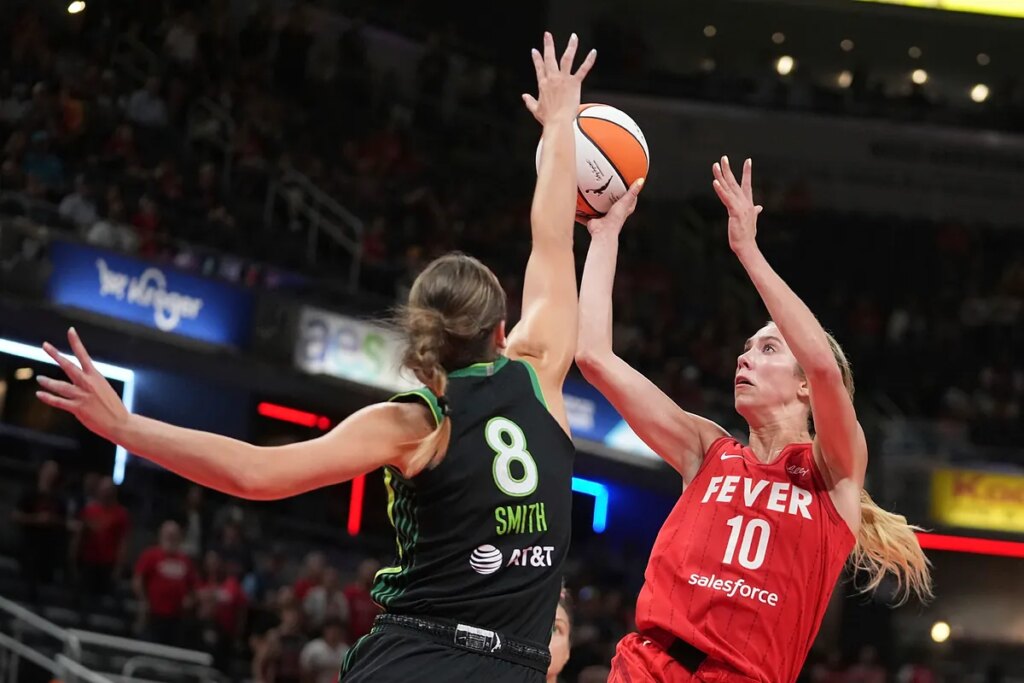The WNBA and the Women’s National Basketball Players Association are entering a decisive phase as they work to finalize a new collective bargaining agreement, with an Oct. 31 deadline looming.
Industry sources indicate it is increasingly likely that the agreement will not be completed in time, and an extension may be required to avoid an immediate work stoppage.
WNBPA executive director Terri Carmichael Jackson emphasized the urgency of reaching a deal.
“The players are working diligently to achieve a transformational CBA that builds on the growth, momentum, and positive news surrounding women’s sports and the W,” she said.
“As we approach the 60-day mark, the league’s lack of urgency leaves players wondering if it is focused on making this work or just running out the clock. Fans are on the side of the players, demanding a new standard for the W.”
If no agreement is ratified by the end of October, the league and union have several options. A short-term extension of the current CBA, contingent on mutual consent, could allow negotiations to continue without disrupting the season. In 2019, a 60-day extension provided additional time, with the agreement ultimately finalized in January before free agency began.
Expansion adds pressure to negotiations
The current negotiations face added complexity due to league expansion. Two new franchises-the Toronto Tempo and Portland Fire-are set to begin play in 2026.
Both expansion and free agency processes are governed by the CBA, and the league has yet to set rules or a date for the upcoming expansion draft. In 2024, the Golden State Valkyries’ draft was held more than a month before free agency, underscoring the need for timely agreements.
Another potential outcome, should negotiations fail, is a labor disruption in the form of a lockout or strike. The league has never canceled games due to a work stoppage, though the 2003 draft and preseason schedule were briefly delayed.
Players have consistently emphasized their commitment to negotiating a comprehensive CBA. Key priorities include a revenue-sharing model tied to league growth, expanded rosters, enhanced benefits, and uniform workplace standards.
Discussions during the first in-person meeting at the All-Star weekend in Indianapolis revealed significant gaps, particularly on revenue sharing, with players signaling frustration publicly through T-shirts reading, “Pay us what you owe us.”
Current WNBA salary caps increase at only three percent annually, contrasting with the NBA’s model, where players receive roughly half of basketball-related income and caps rise with revenue.
The league’s financial position has strengthened significantly, with an 11-year media rights deal valued at $2.2 billion and record expansion fees contributing $250 million per team. Plans to grow to 18 franchises by 2030 further highlight the league’s expanding revenue, which players argue should be reflected in compensation structures.
As negotiations advance, all parties are aware that failure to reach an agreement could disrupt multiple operational areas, including free agency, expansion, and preseason scheduling. The union remains committed to securing a CBA that aligns player compensation with the WNBA’s financial growth, while the league faces pressure to finalize terms before the end of October.
The outcome will determine whether players receive a more substantial share of league revenue and whether the WNBA can continue its expansion and financial growth without labor complications.
Read the full article here

